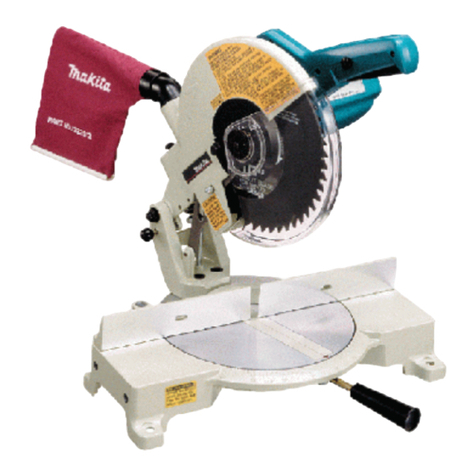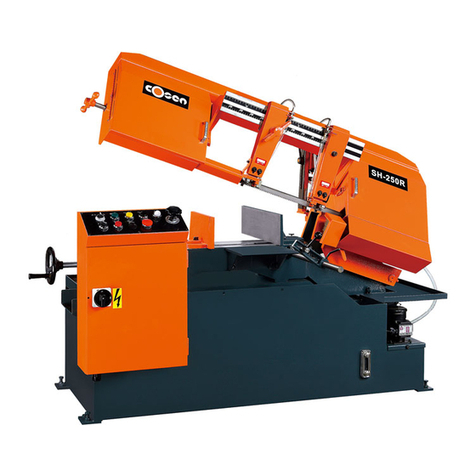Makita LS0714 User manual
Other Makita Saw manuals
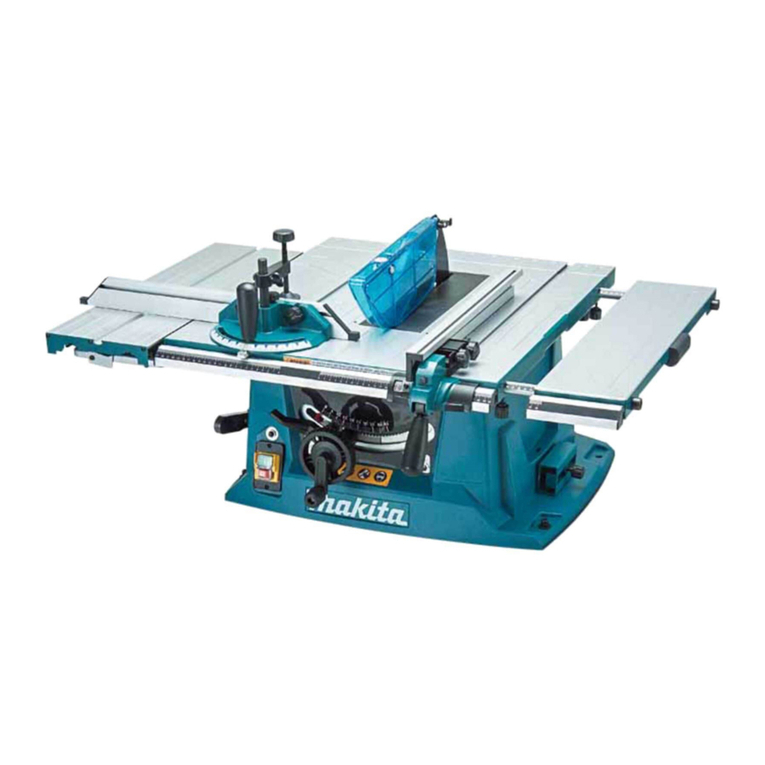
Makita
Makita MLT100N User manual
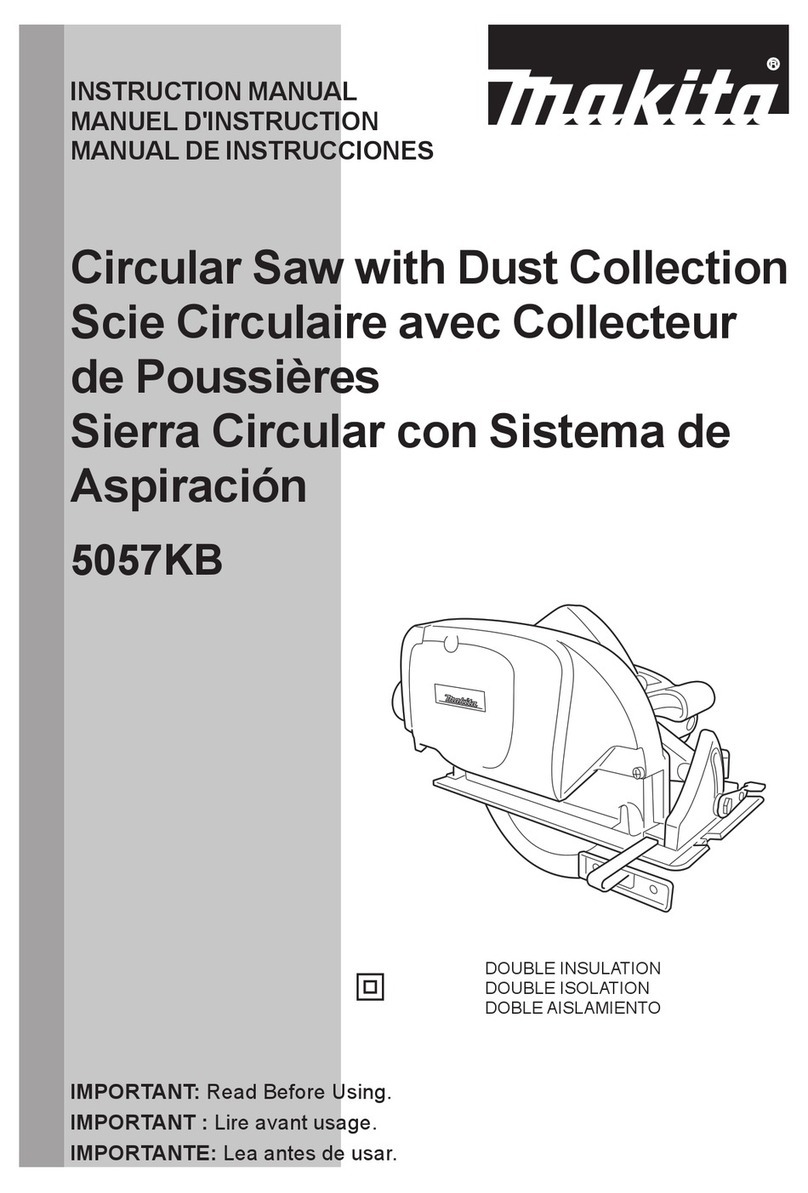
Makita
Makita 5057KB User manual
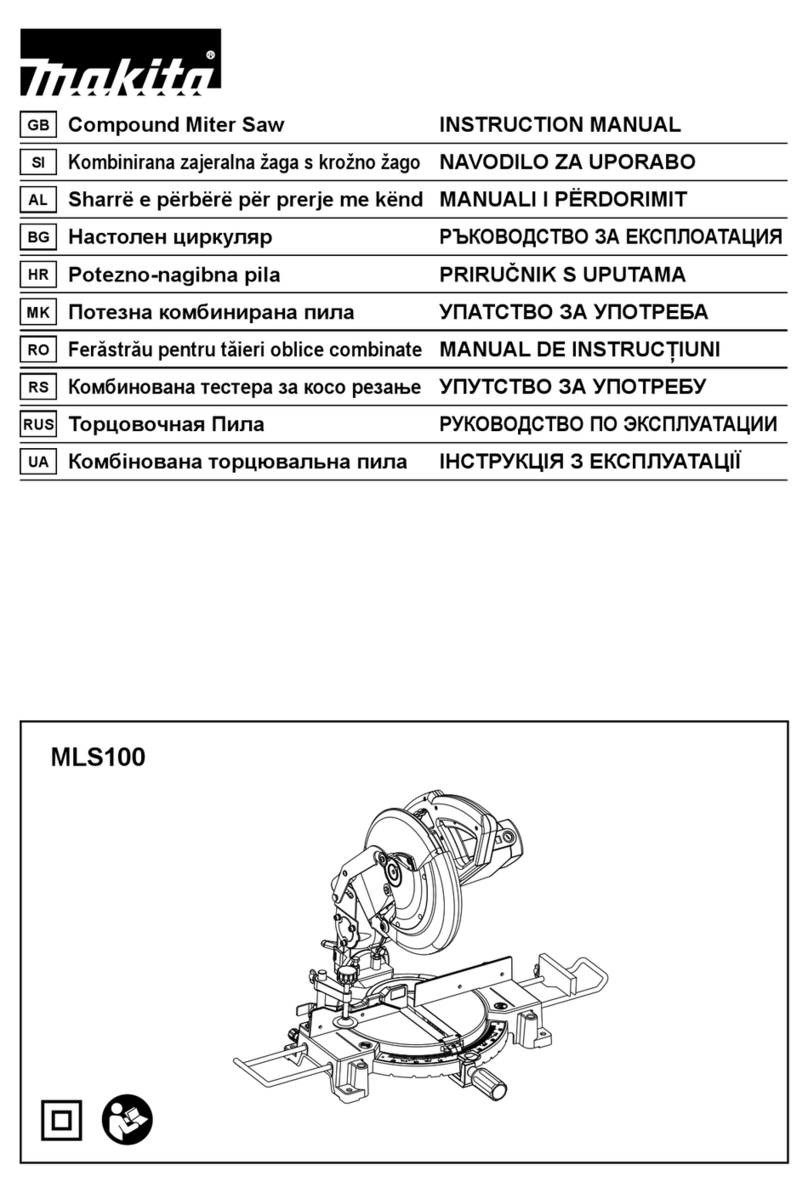
Makita
Makita MLS100 User manual

Makita
Makita DJR360RM2 User manual
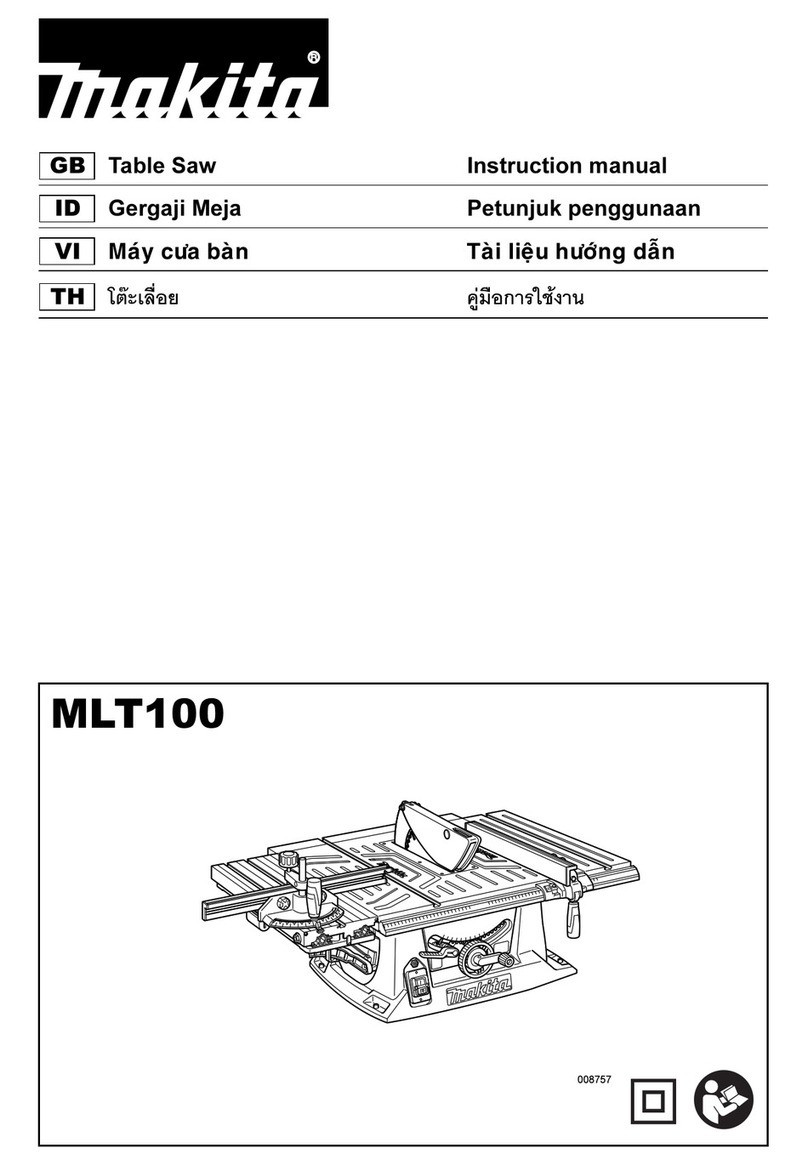
Makita
Makita MLT100 User manual
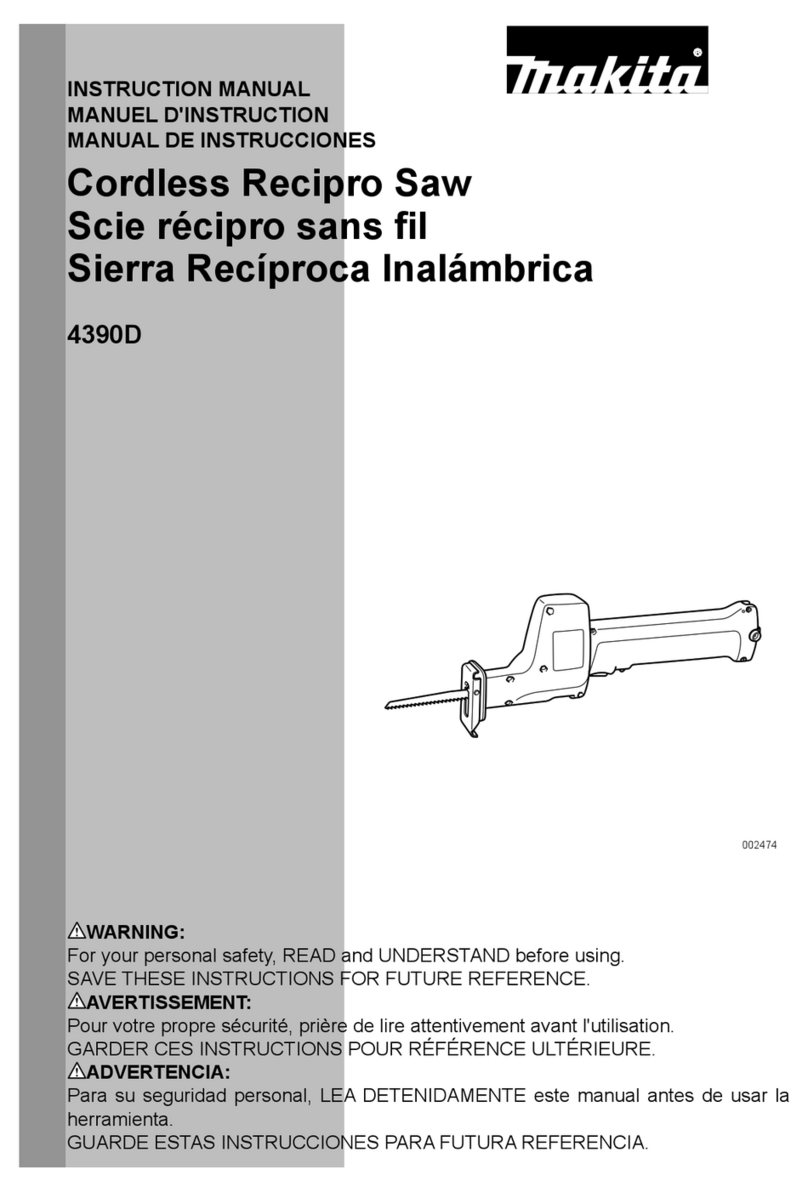
Makita
Makita 4390D User manual
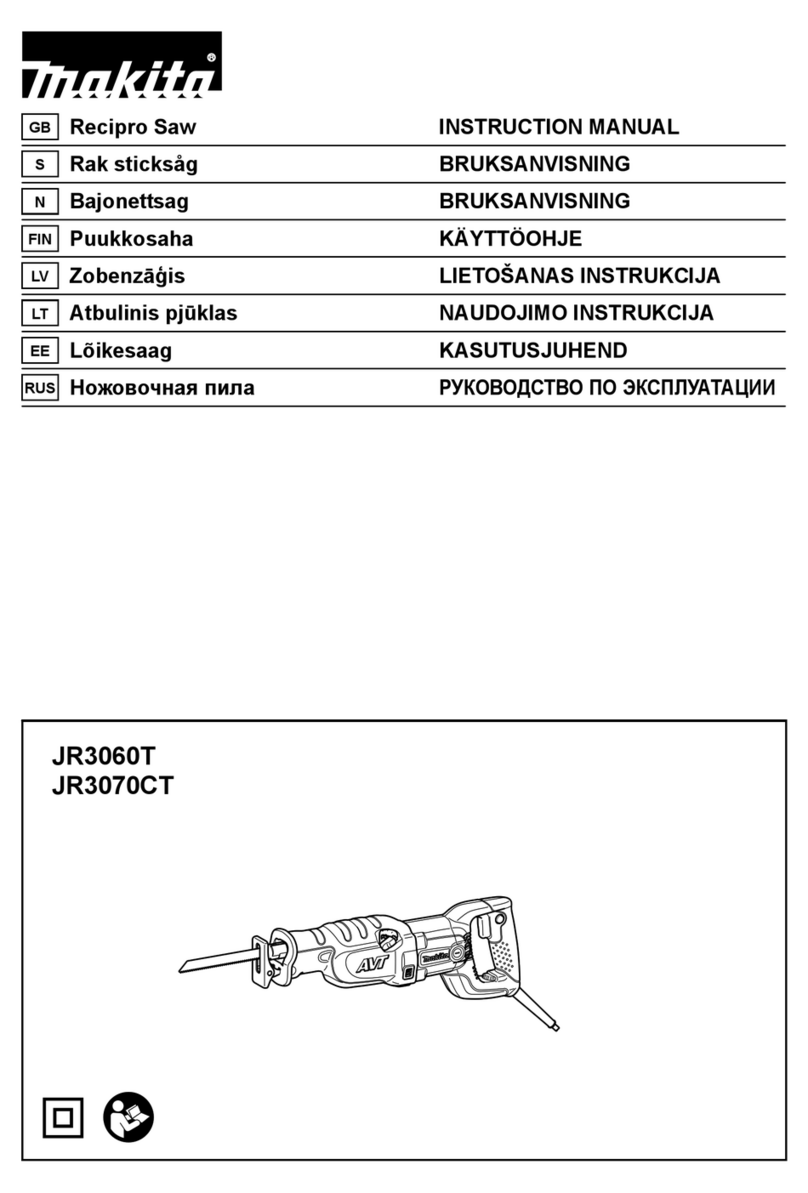
Makita
Makita JR3060T User manual

Makita
Makita 5005BA User manual
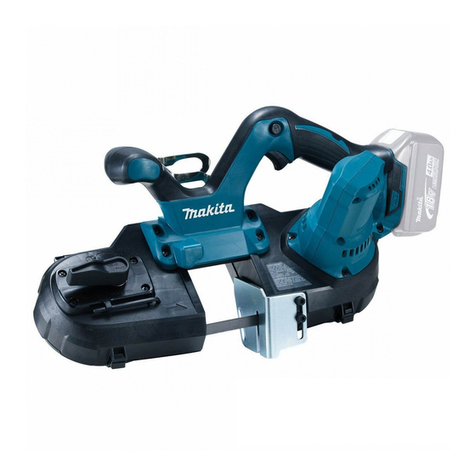
Makita
Makita DPB181 User manual
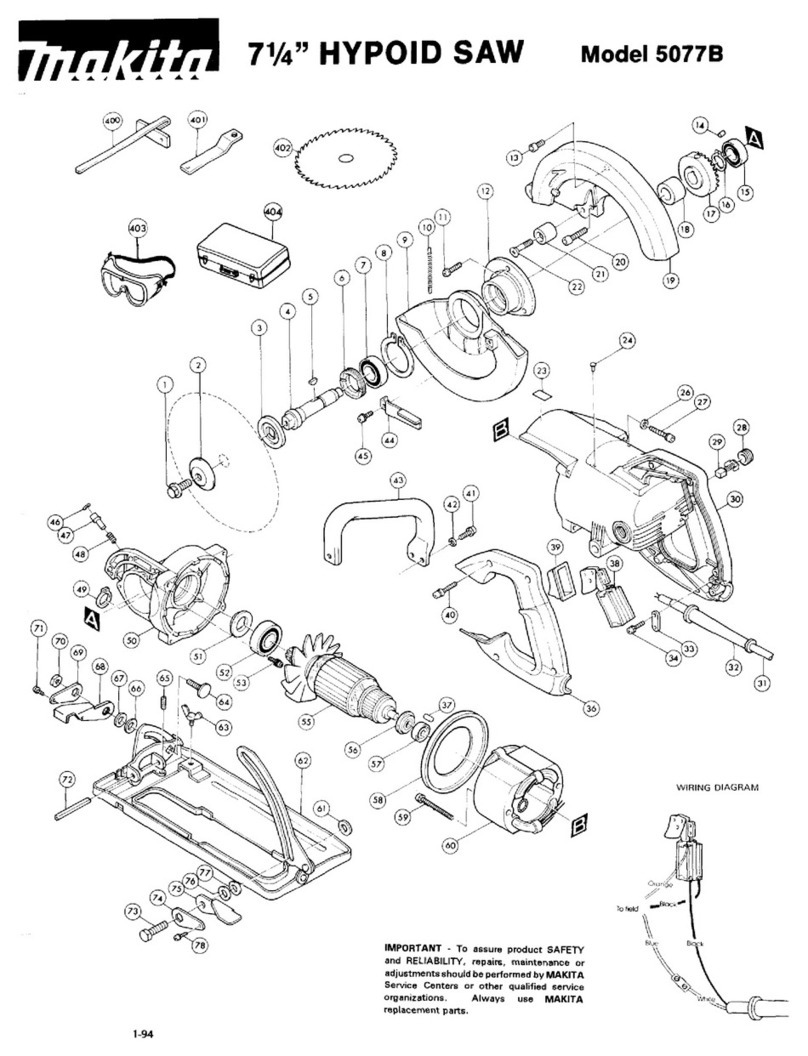
Makita
Makita 5077B Quick start guide
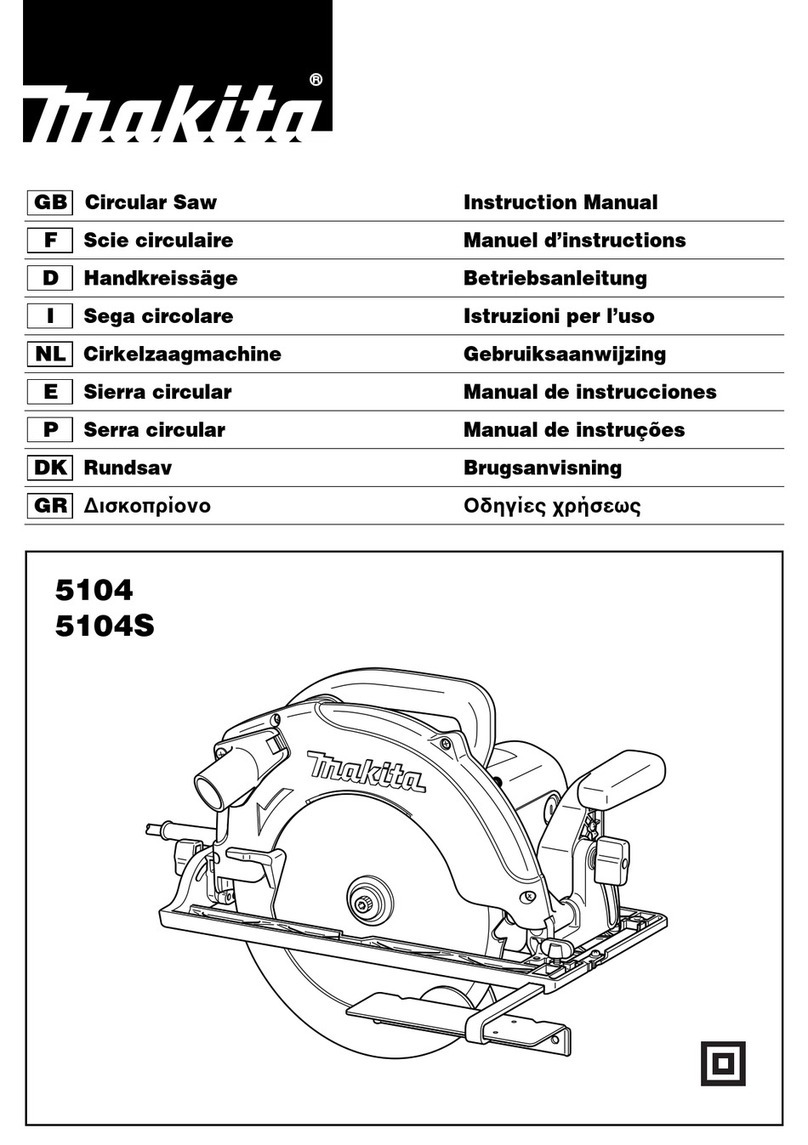
Makita
Makita 5104 User manual

Makita
Makita LS1018 User manual
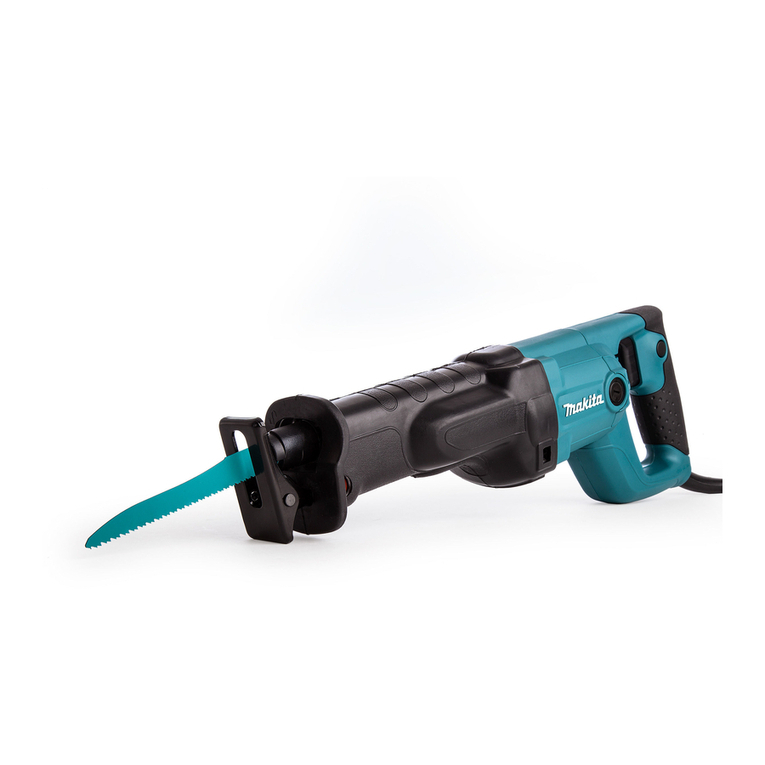
Makita
Makita JR3050T User manual
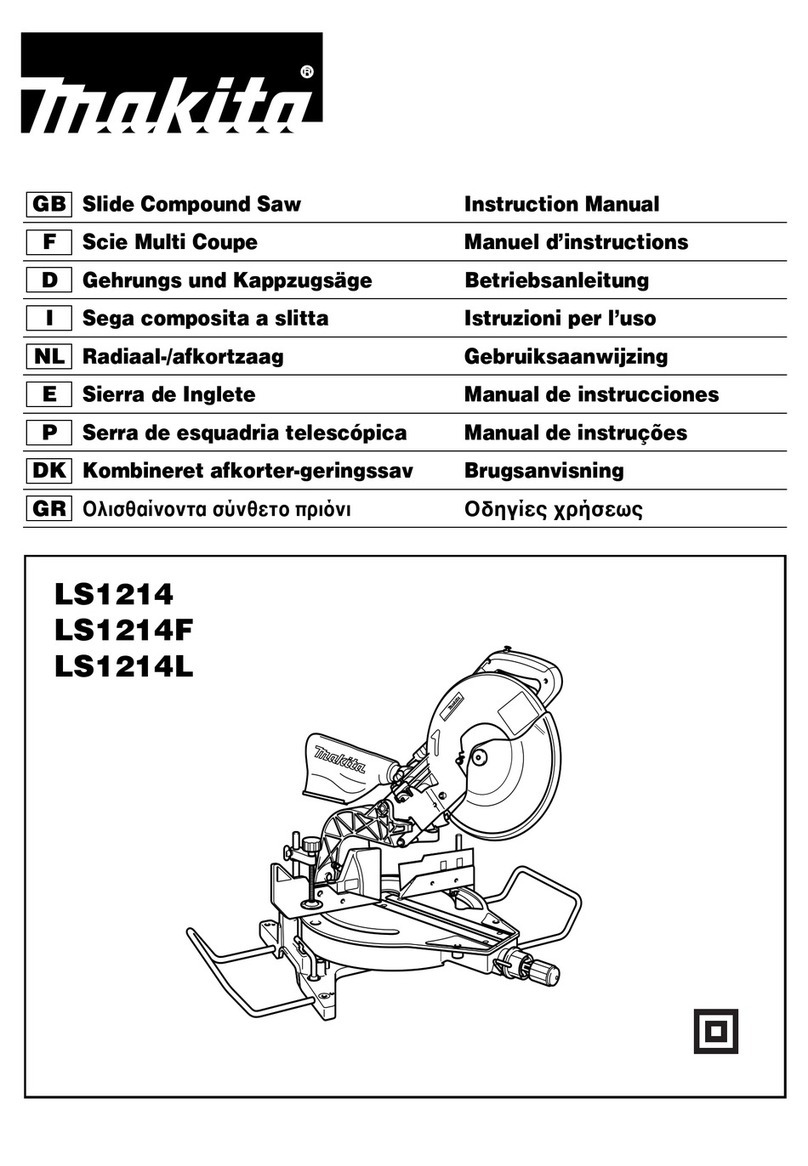
Makita
Makita LS1214 User manual

Makita
Makita JR3051T User manual

Makita
Makita DHS710 User manual

Makita
Makita 5007N User manual
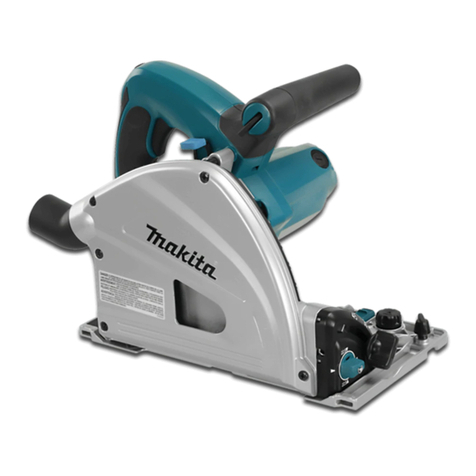
Makita
Makita SP6000 User manual
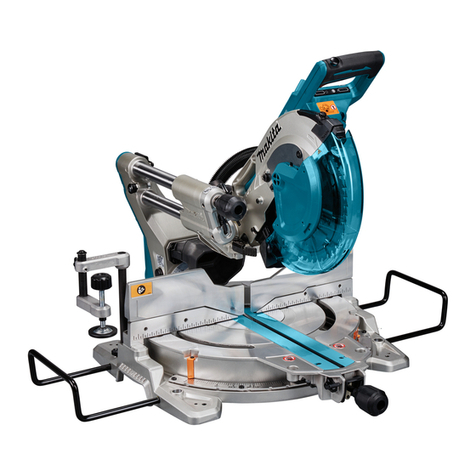
Makita
Makita DLS110 User manual

Makita
Makita LS1219L User manual
